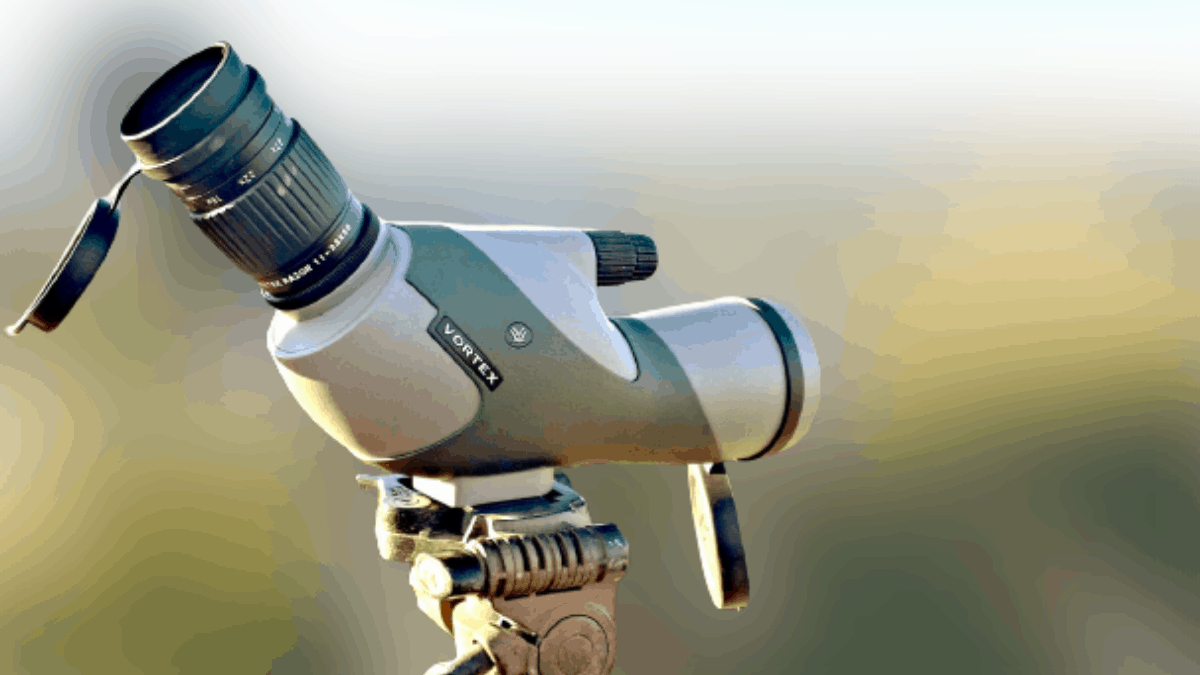If you’re planning to hunt west and spot and stalk your game from a long distance or open space, then the first thing you should think about is buying a spotting scope. A spotting scope is the best investment and most logical step after a pair of binoculars for hunting. It provides a wide field of view without moving anywhere.
So, A spotting scope is an important piece of equipment for hunters, especially in the west or open space. But, In the market lots of options are available, among them, a few are best. If you haven’t any idea about spotting scope, then you will waste your money as well as time.
If you decide to purchase a spotting scope, then It’s wise to learn about them. There are many factors you need to consider before buying one. In this following article, We’ll break down every important factor you should learn before making your valuable decision.
Learn what the numbers mean
When you grab a spotting scope as a beginner, you’ll see various numbers in the body of the spotting scope. So, As a beginner, these numbers easily confused you. Therefore, First thing first, Learn what the numbers mean on the body of a spotting scope.
Example: The number you’ll find in a spotting scope looks like: 20-60 x 80mm
First two numbers ( 20-60): These first two numbers indicate the magnification power of a spotting scope. The 20 indicates the minimum magnification that means you can watch your target 20 times closer or bigger than your naked eye. And the 60 indicates the maximum magnification you get by using this spotting scope. So, These two numbers allow you to watch an object from 20 to 60 times bigger than your naked eye.
Third number: The last number, 80, represents the objective lens diameter.
How to choose a spotting scope for hunting
Magnification and Objective lens
The magnification and objective lens always get top priority when selecting a spotting scope for hunting. If you want to get a clear view of your target animals from far away, higher magnification with a larger objective lens allows you to get the best image quality.
For this, many hunters or spotters thought that higher magnification provides you the best experience. That isn’t right, especially for hunting, because higher magnification provides you a good quality image. However, it causes lots of shakes, cuts down the field of view, and adds extra weight to your backpack. So, You don’t need the biggest magnification for this job.
Therefore, The magnification range from 15x to 60x is enough for hunters.
The larger objective lens is also important for getting a wide field of view and clear image from long distances. If you’re thinking about hunting in low light, then a larger objective lens is recommended.
Most spotting scope comes between 50-80mm objective lenses which are ideal for hunting. But, Higher objective lenses cause extra weight but ensure better light absorption.
Field Of View
Field of view or FOV is measured as to how much width area you can observe at 1000 yards using the scope.
Generally, If you go with higher magnification scope, then the FOV decreases. If you want to use a spotting scope for hunting or spot moving targets, a wide field of view provides enough value.
Glass Quality
Many spotters don’t give enough attention to lens quality when purchasing a spotting scope. But, It will change the game if you select low-quality optics for hunting. Therefore, When selecting a spotting scope, try to purchase one which comes with High definition extra-low dispersion glass. These types of glass ensure better crisp image quality and better color correction.
Lens Coating
Lens coating helps to reduce glare and reflection and provides better light transmission of the glass. For this, always try to go with fully multi-coated lenses for getting optimal brightness and a clear view of the target.
Portability
As you’re a hunter, Portability always gets top priority. You’ll walk a long way with your spotting scope. You need something lightweight, easy to set up and pack.
Quick Tips: Go with a smaller magnification and objective lens because these cut out extra weight.
Eye Relief
If you’re a glass wearer, then you need to provide enough attention to eye relief. Eye relief means a gap between the eyepiece lens and your eye rests. So, to get a better view, you need more eye relief as an eyeglass wearer. Generally, 12 – 17 mm of eye relief is ideal for glass wearers.
Straight vs. Angled
“Straight or Angled” Which is best? The answer is “Unsolved” because this is a personal preference and depends on you. These two terms or words describe the physical shape of the scope, and both come with pros and cons.
Straight: These spotting scopes are very comfortable and easier to use. It allows you to focus on an object faster. If you’re a beginner or first-time user, you don’t get any problem when operating the scope.
Another advantage is that it is easy to pack and transport because of the straight shape. This adds extra value to your hunting experience.
Angled: These spotting scopes provide you multiple viewing options. So, You get much more comfortable when using the scope. In addition, Its rotatable eyepiece allows you easier viewing positions without any discomfort. However, If you’re a newbie, you’ll get little trouble adjusting or setting up the scope.

